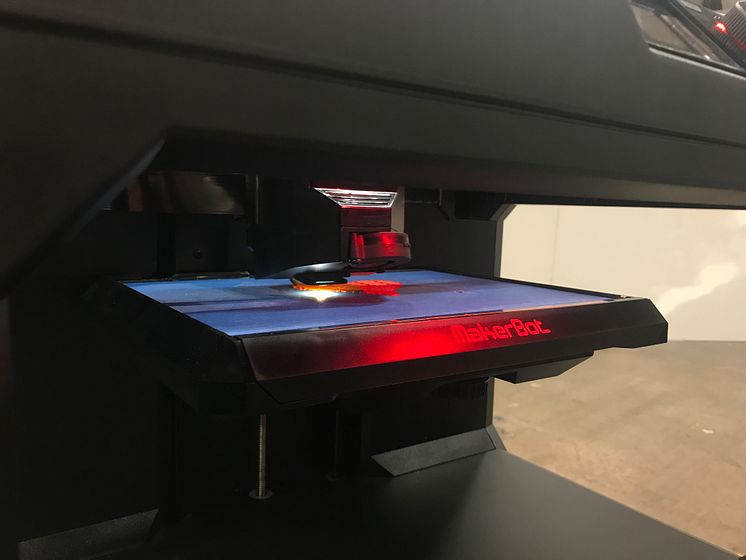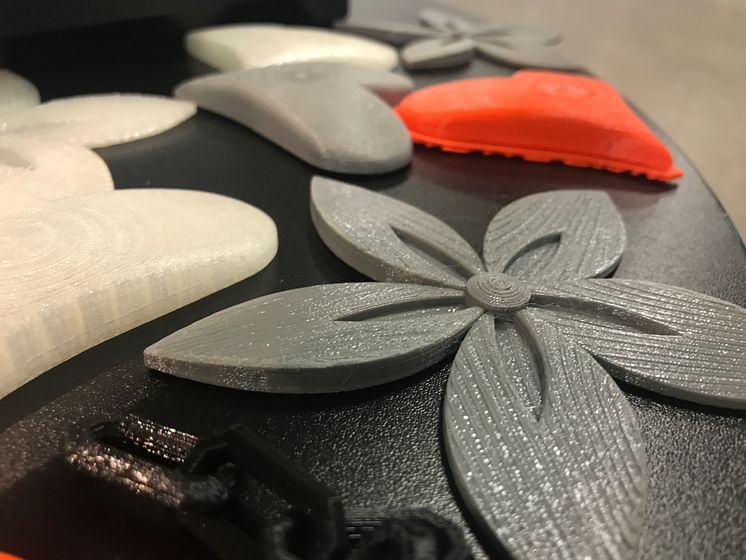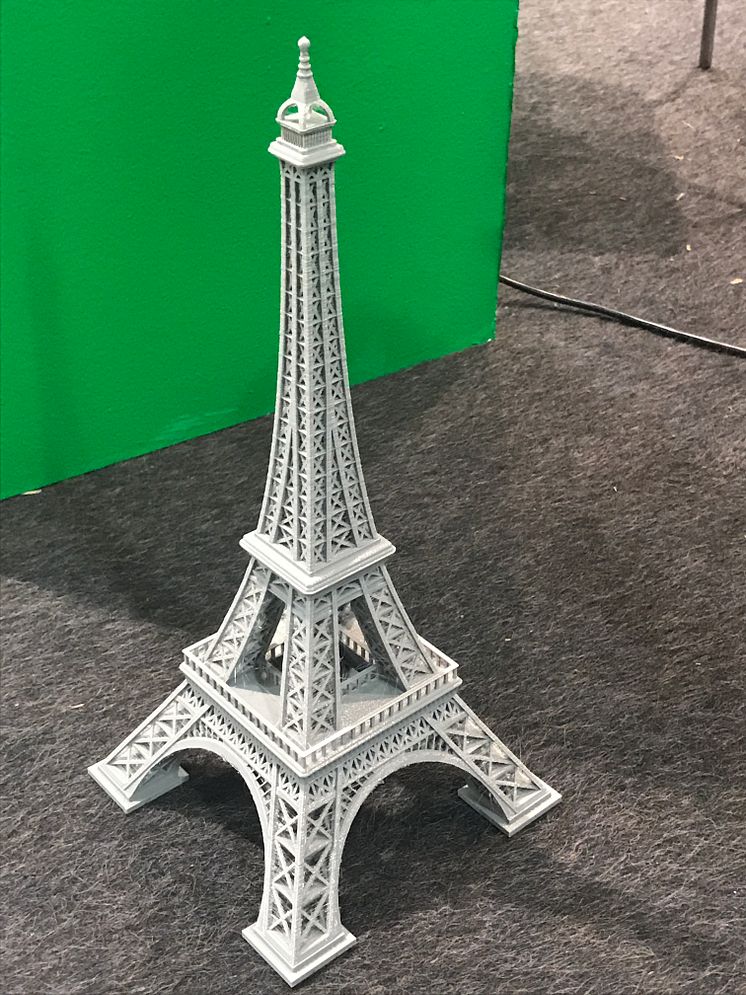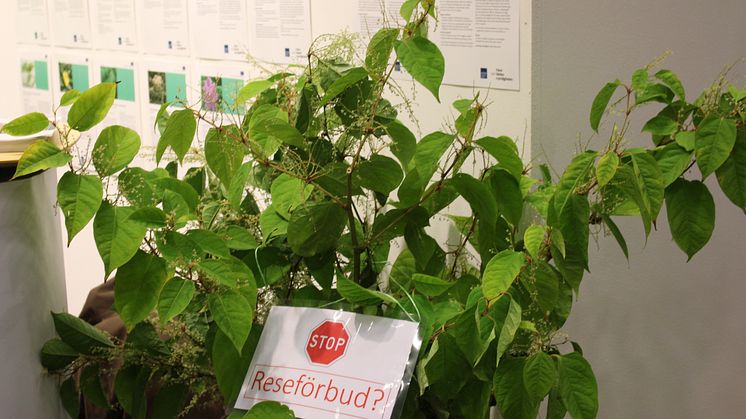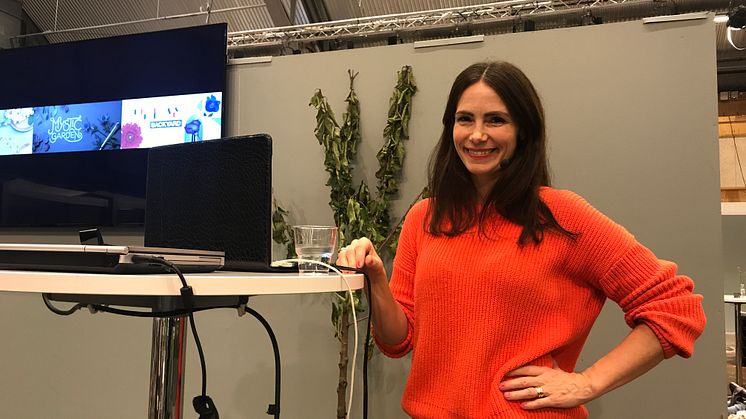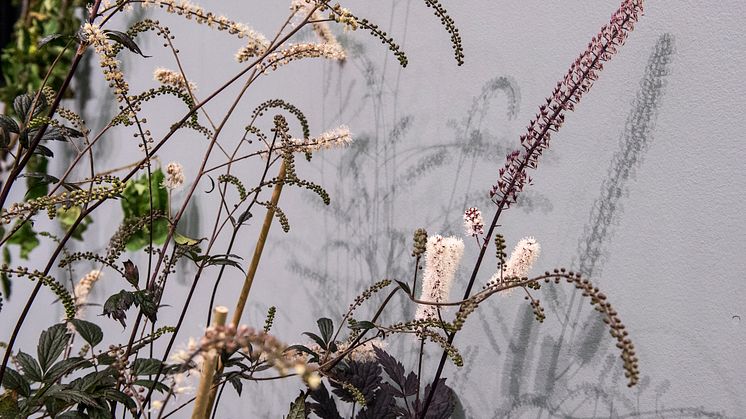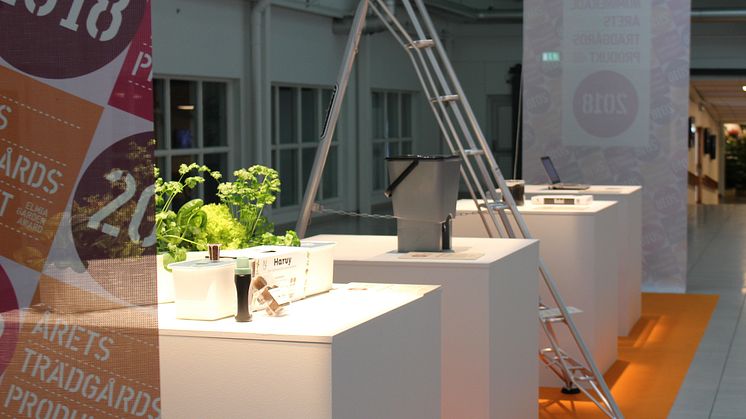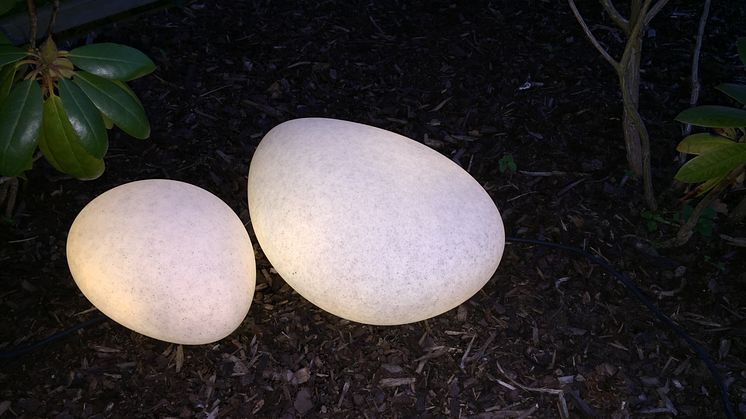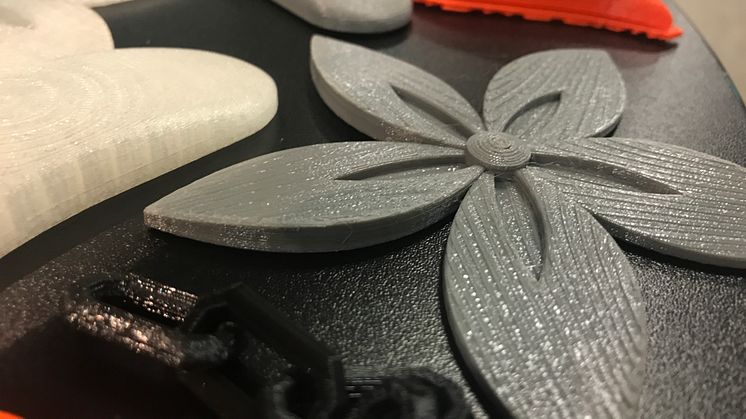
News -
Can a 3D printer be used in a flower shop?
Future Stories, which is about how to get your message out using VR technology, 3D printing and social media, was presented for the first time at Elmia Garden. Christoffer Wadman, a teaching assistant with the engineering programme at Jönköping University, demonstrated how this technology could be used in the future.
“Many visitors to the fair have been extremely curious because they’ve never seen a 3D printer in real life before,” he says. “Some also asked what a 3D printer is doing at a garden industry fair. But if you want to create a flower arrangement or unique models, this can be a superb tool.”
A smallish, basic 3D printer like the one shown at the fair costs between SEK 20-30,000 (approx. EUR 2-3,000) and a filament spool holding about 900 grams of plastic material costs between SEK 500-600 (EUR 50-60).
“For instance, a heart we printed here weighs 16 grams, so the material lasts quite a while,” Wadman says. “As an example, you could print a personalised heart with a name or logo on it – the possibilities are endless.”
Because 3D technology is so new, much of our current knowledge is based on experience and user tests, and it does demand a degree of interest from the user. A 3D sketch must also be produced or ordered.
“I believe that in future you will be able to use 3D technology for everything – this market is growing hugely,” Wadman says. “From an engineer’s viewpoint, plastic is quite a good material. The problem is that we aren’t recycling it and it’s ending up out in nature. But almost all plastic can be recycled in one way or another.”
